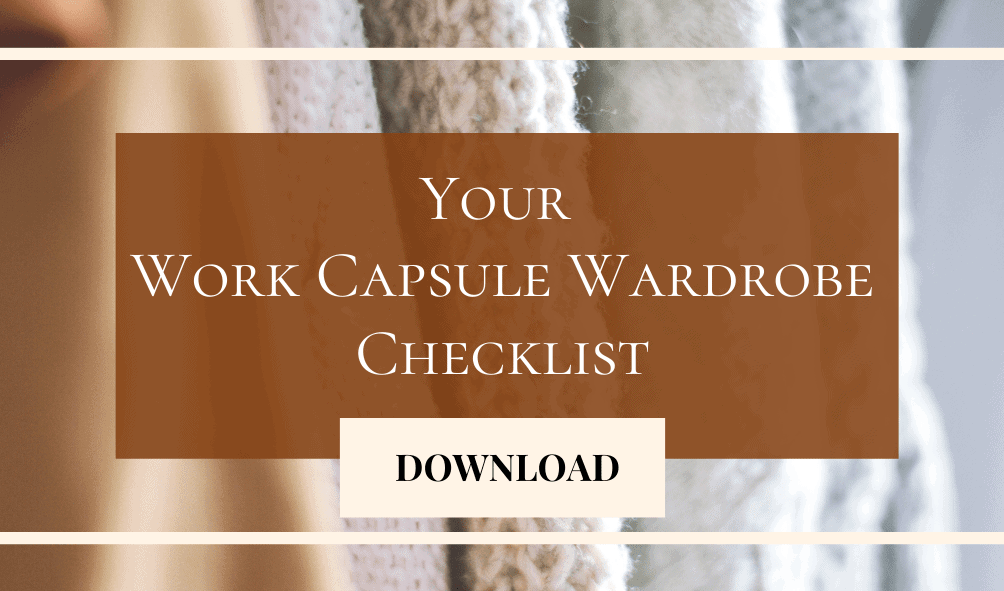Welcome to the fourth article in your Personal Style Discovery journey, your style moodboard. Helping you define and refine your style. To ensure you’re going through the process from beginning to end, make sure to read How to Find Your Personal Style, What is Your Style Archetype, and Which Style Personality Fits You Best then come back to this post.
Creating a style moodboard is one of the most effective steps that will help you find your personal style. If you’re on a style discovery journey this is the step where things begin to take shape visually, before this step, you’ve likely defined your personal style, figured out what your style archetype is and what your style personality is.
While these previous steps are analytical and foundational, creating a style moodboard is where your creativity takes over. This is the part that feels fun and intuitive because, in reality, creating a moodboard is simply collecting images, textures, and colours you are naturally drawn to and arranging them visually.
Why Creating a Style Moodboard Matters
You do this automatically, every single day, without even realizing it.
- Colours, shapes, and textures: You gravitate towards colours, shapes, textures, materials, and more in your every day life. Think about the mug you choose to have your morning drink in, what colour is it? What shape is it? Does it have a big handle because you like comfort or is it handle-less because you prefer simplicity?
- Beauty: What about makeup, do you gravitate towards earth tones or a glossy versus matte lip? Is your eyeshadow matte or is there a shimmer? Or do you not wear makeup at all?
These are all clues and preferences that you will use to build your own style moodboard that will later inform your wardrobe choices.
How To Create a Style Moodboard: Step by Step
- Choose your platform: You will need to decide on a platform to create your style moodboard on. Personally I use Canva as I feel comfortable using the platform, but you can use whichever platform you are comfortable with whether it be digital or physical.
- Collect your inspiration: Think about what you normally gravitate towards in your everyday life and choose images that reflect these things. Look at your social media saves like Pinterest, camera photos and everyday products as inspiration.
- Arrange your images: Add your images to a blank template and lay them out until you feel everything that represents your taste is there, don’t worry too much about how it looks aesthetically that doesn’t really matter. It’s more important that you get your images onto the page.
- Observe: Step back and see what your style moodboard says about you. You’ll notice patterns that point to your style personality, preferred textures, colours, and overall vibe.
Tip: If you choose to create a physical style moodboard you can collect objects and images and secure them to bristolboard as it won’t bend or rip.
5 Key Elements To Include On A Style Moodboard?
While there isn’t a strict rule for what to include on a style moodboard, to get a good visual of your personal style I would recommend including:
- Colour swatches: Tones, neutrals, or accent colours you naturally gravitate towards
- Textures and fabrics: Knits, leather, cotton, denim, or cozy materials
- Lifestyle images: These should reflect your hobbies, home, and life
- Font: Whether that’s a title, quote, labels or descriptions
- Beauty or makeup swatches: Colours and finishes you naturally wear day to day
For example, below is my style moodboard:
- Textures: Knits and a blanket shows I value comfort, while leather and denim show structure
- Colour palette: Denim and neutrals indicate a preference for classic styles
- Font style: Cursive font shows I like elegant styles
- Beauty: Makeup swatches in rose tones show I like fresh, traditional makeup looks

Why This Moodboard Method Works
Creating a style moodboard this way is effective because you’re capturing what you naturally gravitate towards everyday, not what you think you should like.
Many people make the mistake of focusing too much on aesthetics. The result is a style moodboard that doesn’t feel authentic and style choices that don’t resonate, leading to wasted time and money.
By taking this approach, your style discovery journey becomes faster, clearer, and more aligned with your true tastes.
The style discovery journey is meant to give you clarity faster and realistically.
Explore More from Step 1: Understanding Your Style
Understanding your personal style is a journey, and this post is just one part of it. If you’re goal is to define what your style looks like, start with:
- What Is Personal Style? How to Find Yours to lay the foundation, then explore
- The 7 Style Archetypes and How to Use Them for a deeper look at the patterns that shape your aesthetic. Once you’ve got clarity read
- Which Style Personality Fits You Best will help you put everything into action
Each step builds on the last, guiding you toward a wardrobe that truly feels like you.














